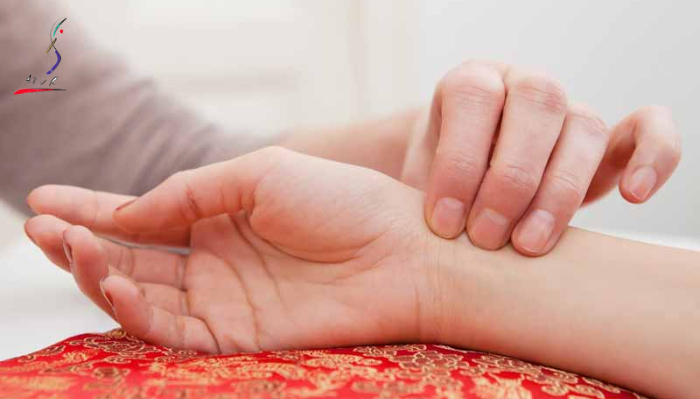
There’s a lot of hype around pulse diagnosis these days, especially in the USA. It’s fascinating—almost magical—when someone can seemingly tell you what’s wrong with your health just by feeling your pulse. But the big question is: Is it really as powerful as it’s made out to be?
Do authentic Ayurvedic practitioners rely solely on pulse diagnosis to understand health problems? Absolutely not. In fact, pulse diagnosis isn’t even mentioned in the ancient Ayurvedic texts. It was incorporated much later, around the 17th century, likely influenced by Unani practices.
A good Ayurvedic practitioner follows the core principles outlined in the classical texts:
Darshan (observation),
Sparshan (touch),
Prashna(questioning/interviewing).
Pulse diagnosis falls under Sparshan, but it’s only one small part of the process.
And does pulse diagnosis actually tell you exactly what problem is happening in which part of the body to the minutest detail? A big, resounding NO.
Yes, there are a few rare Vaidyas who have mastered this art. These individuals are so deeply immersed in their practice that diagnosis becomes second nature. Through years of meditative practice and deep study, they develop an intuitive ability to assess a person’s health—not just through pulse, but also through subtle cues, observation and minimal questioning.
It’s similar to how in the world of music or sports, many people train, learn the techniques, and put in the hours—but then there are a few, like Roger Federer in tennis or Ustad Vilayat Khan on the sitar, who seem to transcend technique. They bring something extra—an innate genius, a deep internalization, an almost spiritual connection with their craft. In the same way, these rare Vaidyas who can read the pulse at such a nuanced level possess that something beyond training. Their diagnostic ability comes not just from knowledge, but from deep intuitive wisdom honed over decades.
But for the majority of practitioners, pulse diagnosis remains one of many tools—not a magical shortcut, but part of a holistic approach.
The unfortunate part is that many pseudo-Ayurvedic practitioners claim to diagnose everything through pulse alone and often put people on ineffective or misguided protocols.
To be clear—I’m not saying that pulse diagnosis is fake. I’ve personally had amazing experiences with two senior Vaidyas who could diagnose complex health issues with precision using this technique.
The purpose of this article is to caution people: don’t get swayed by every practitioner who claims to read your health through your pulse. And at the same time, don’t dismiss a practitioner just because they don’t rely heavily on it. They may still be highly skilled and capable of helping you through other diagnostic methods and well-crafted protocols.
That’s why, in recent years, Ayurvedic medical education in India includes training in interpreting the conventional (Western) diagnostics. Why not take advantage of precise diagnostic tools when they’re available? The integration of both fields is, in fact, the ideal blend.
Source: https://www.seema.com/pulse-diagnosis-truths/